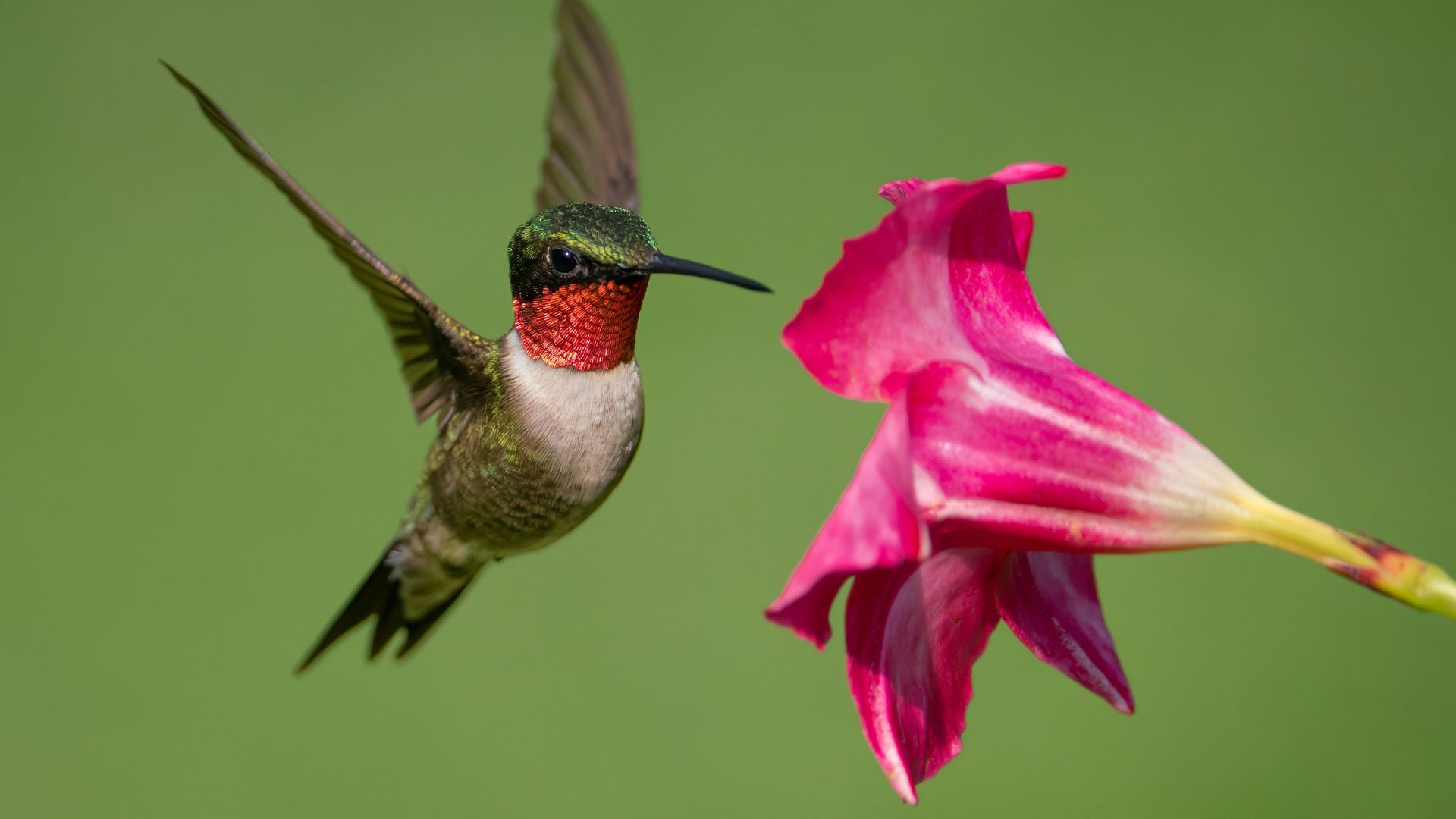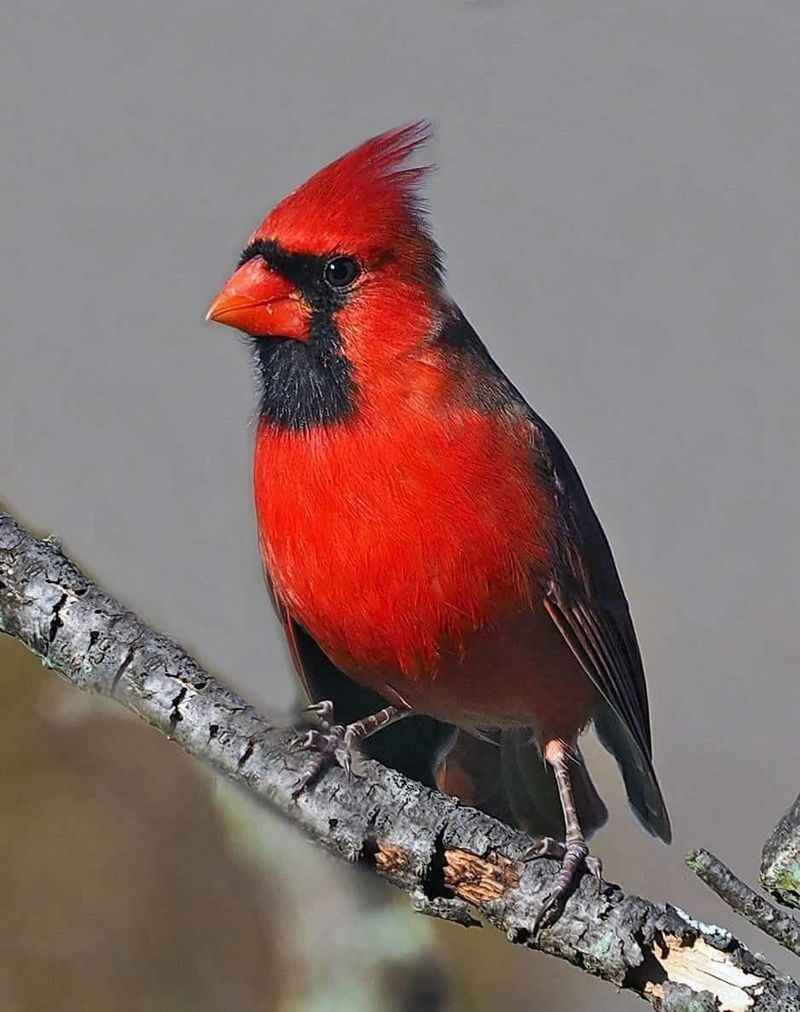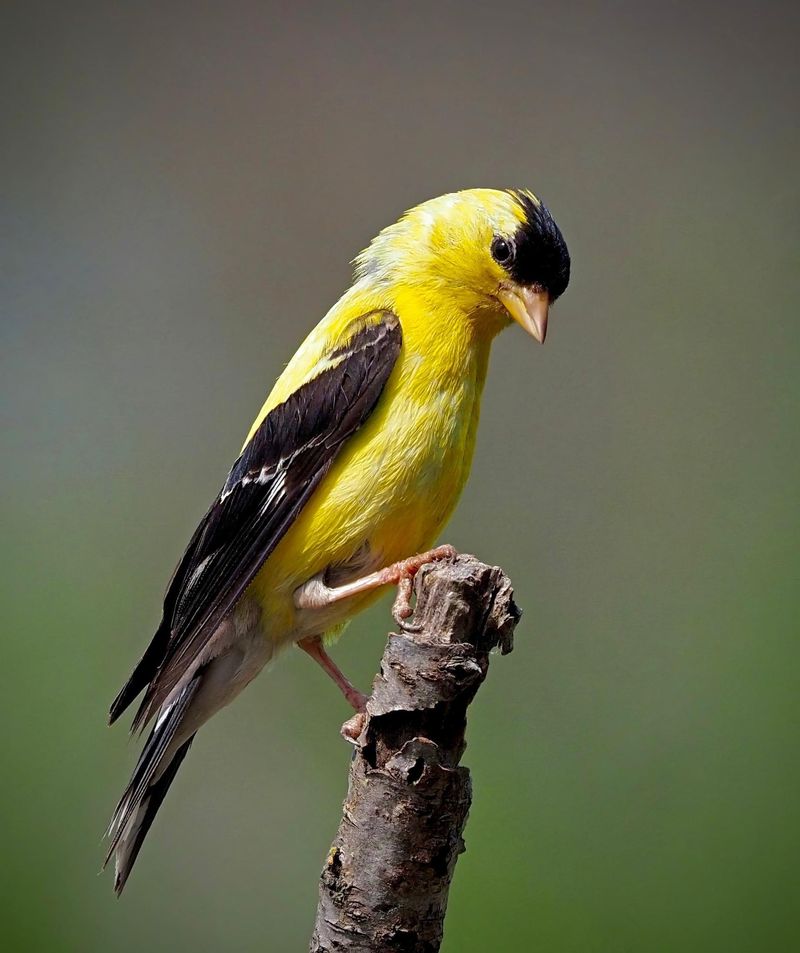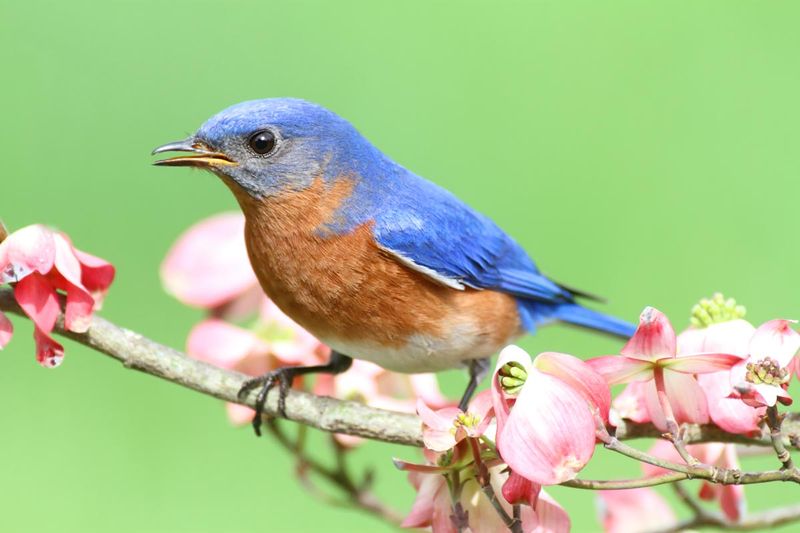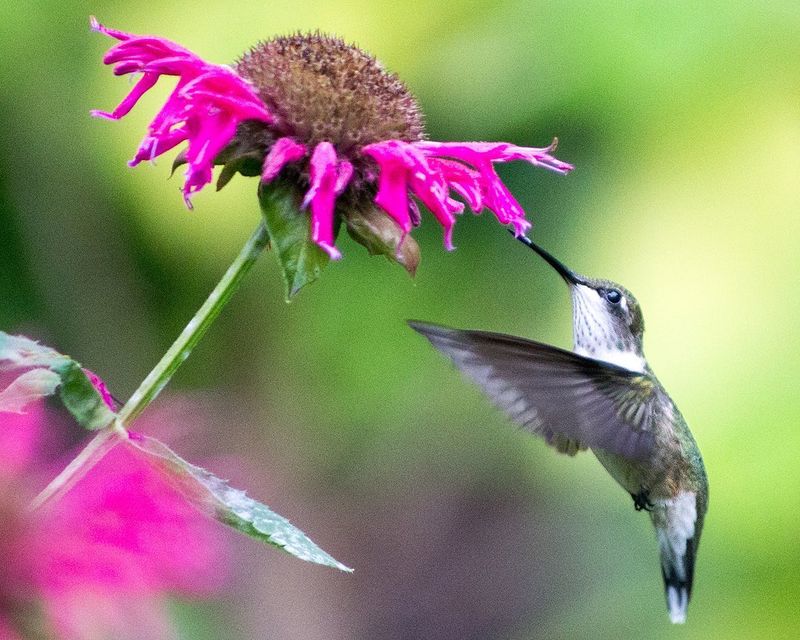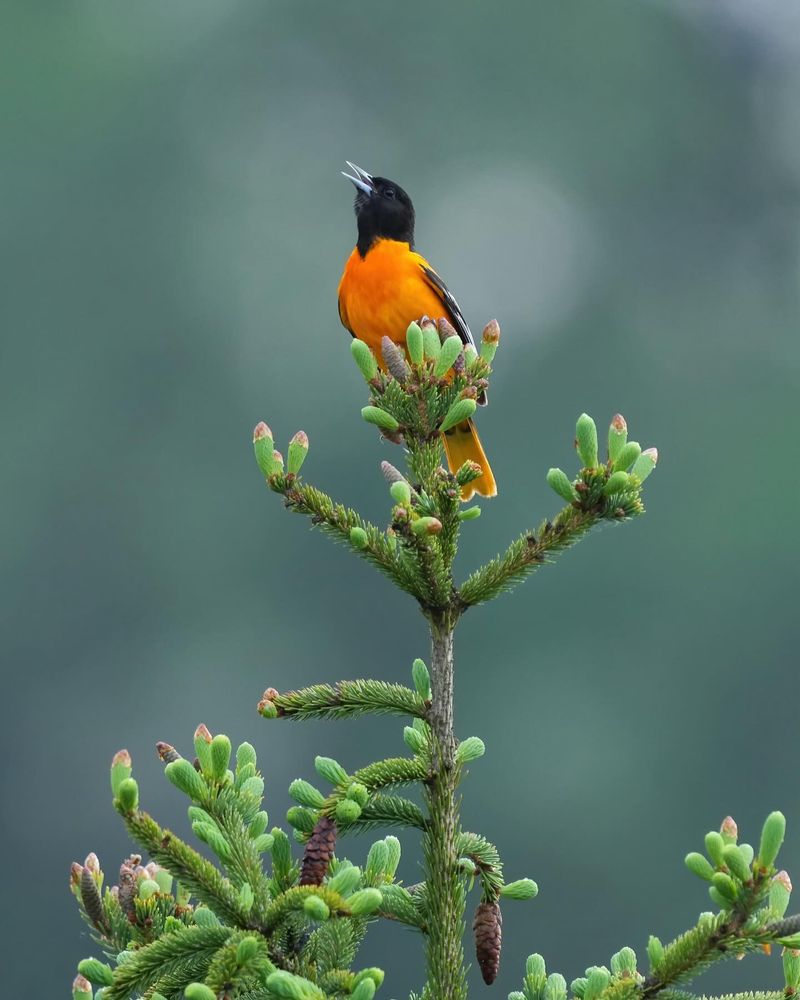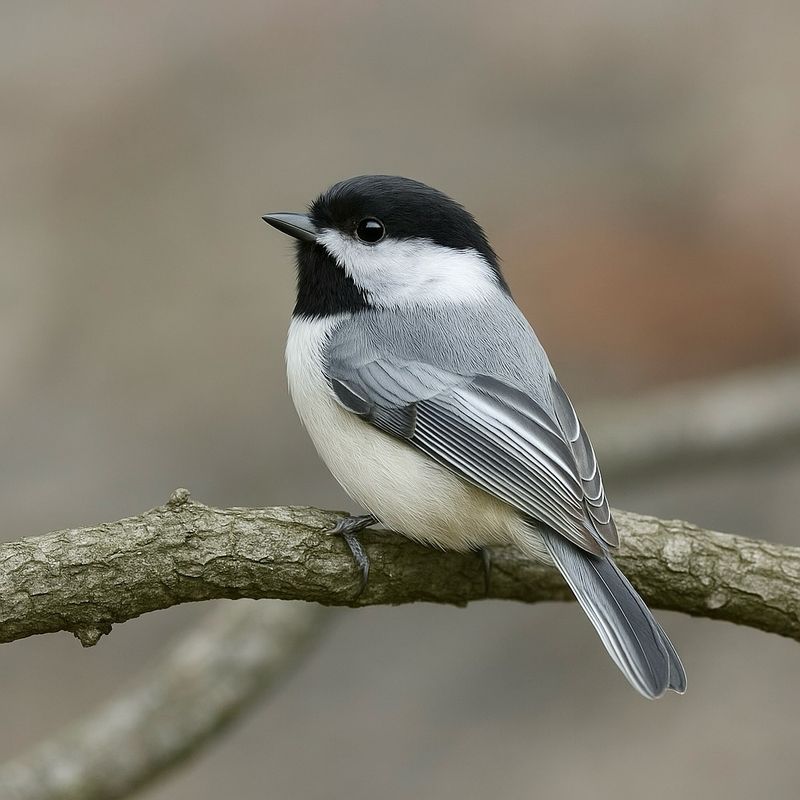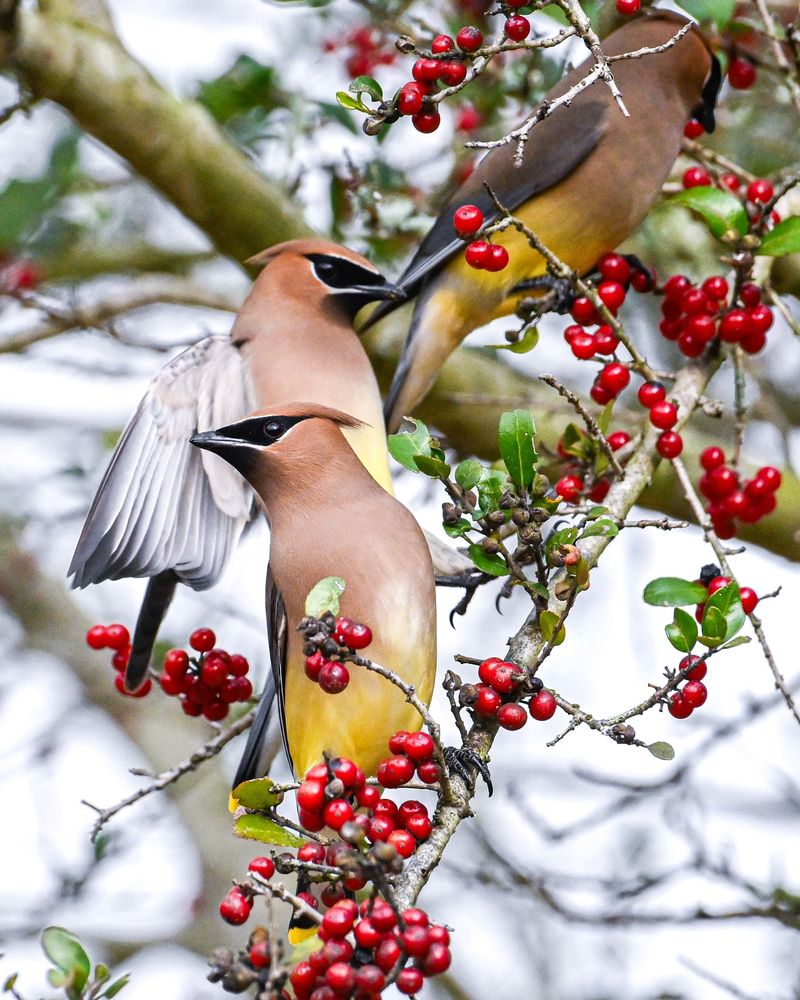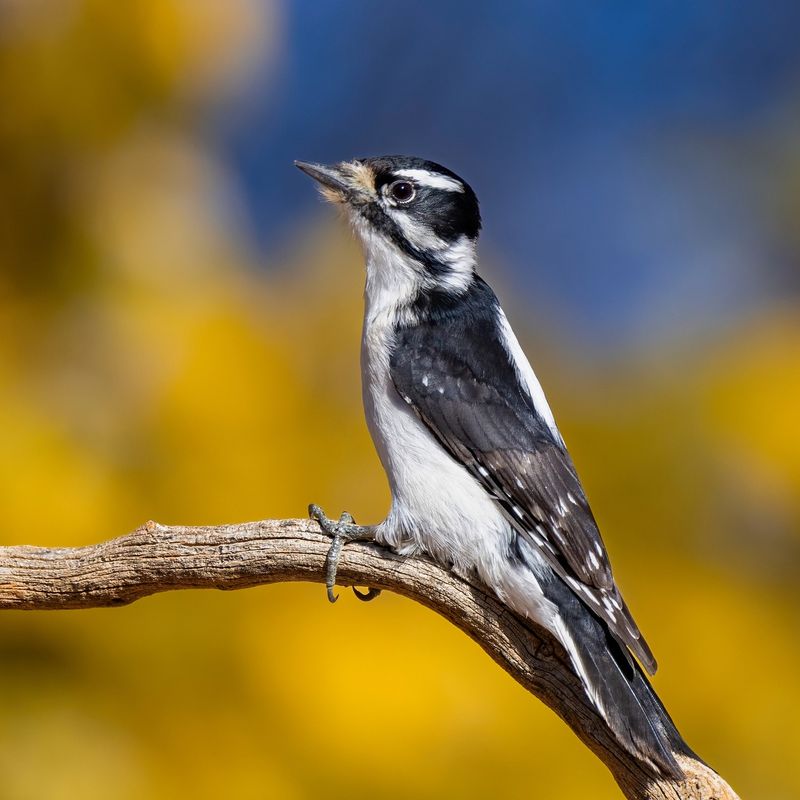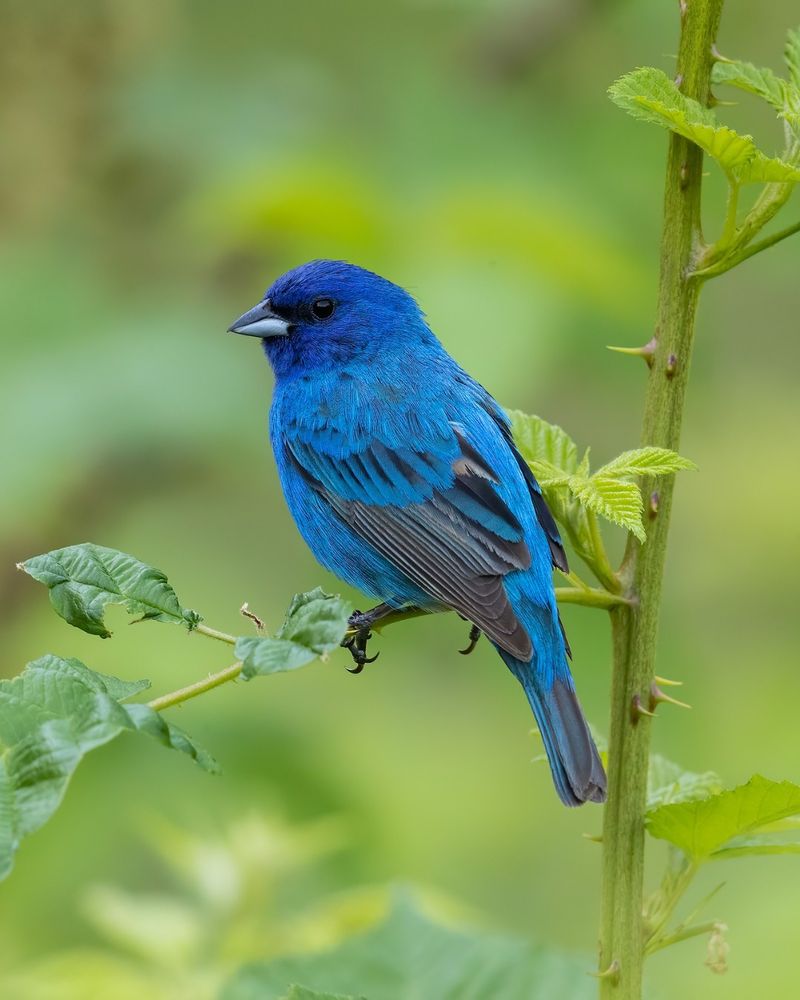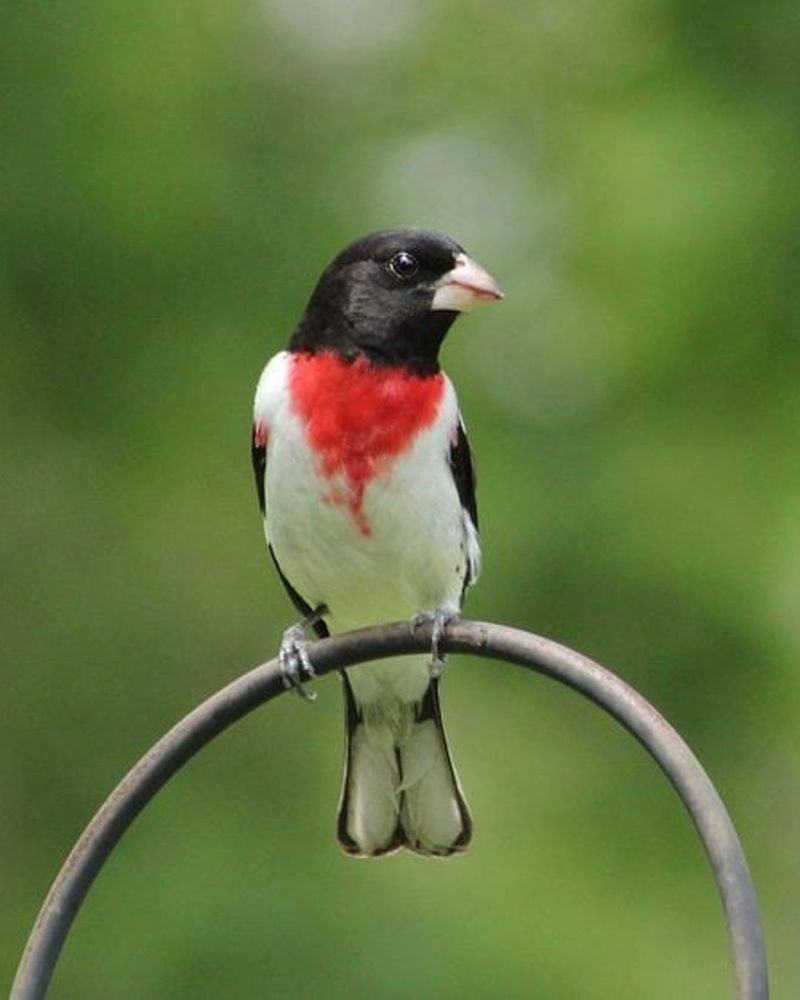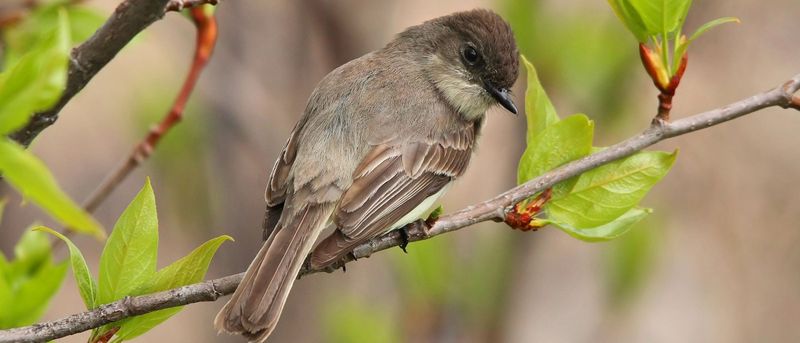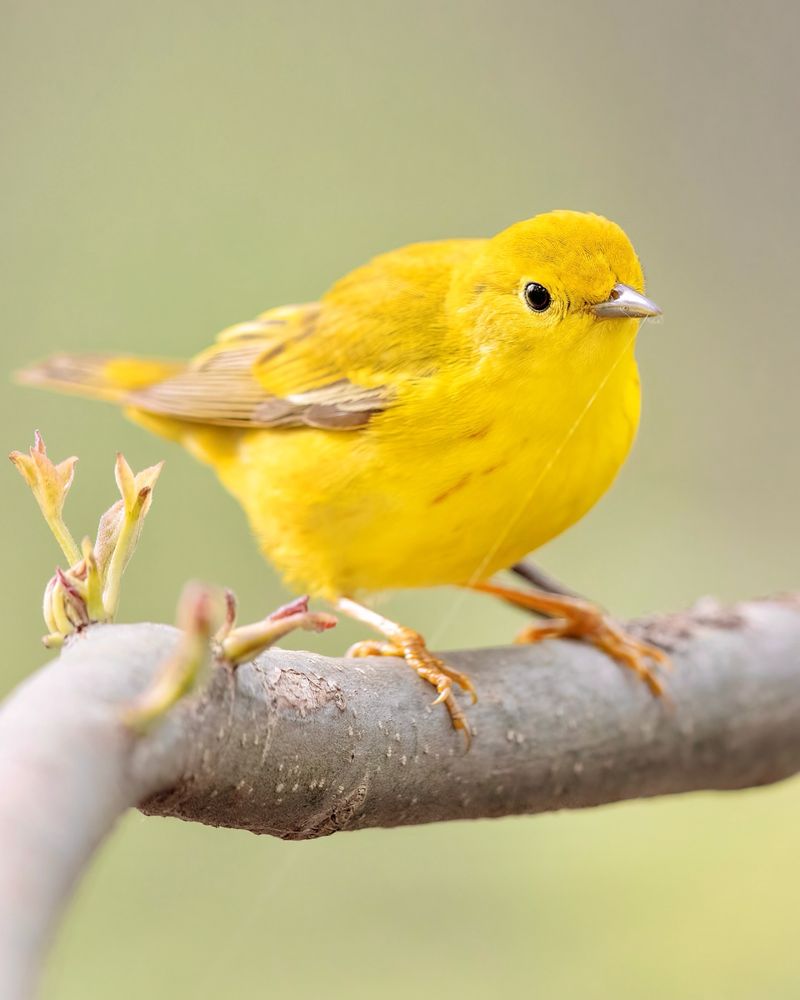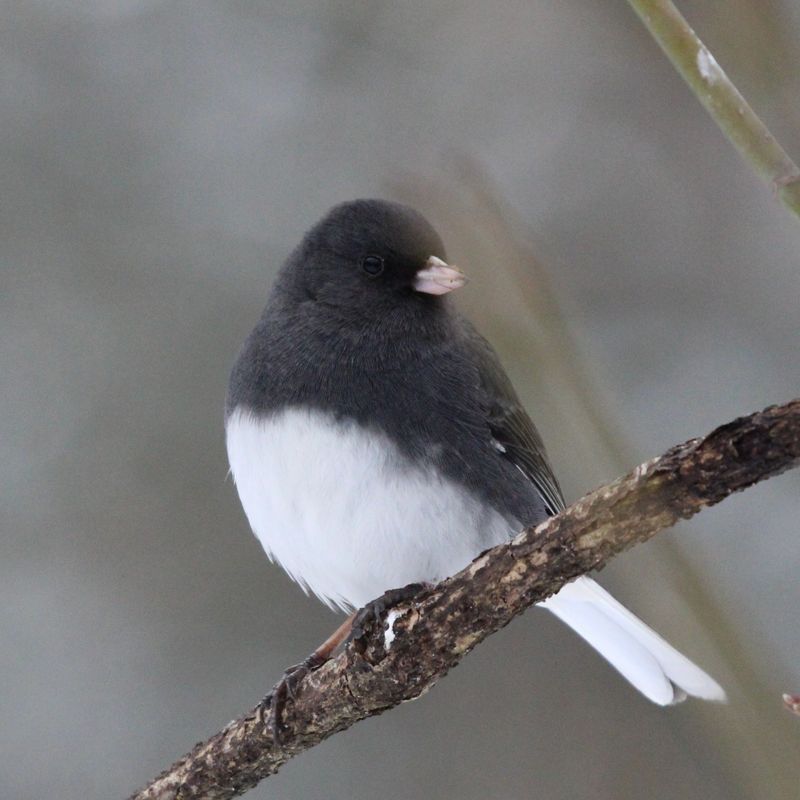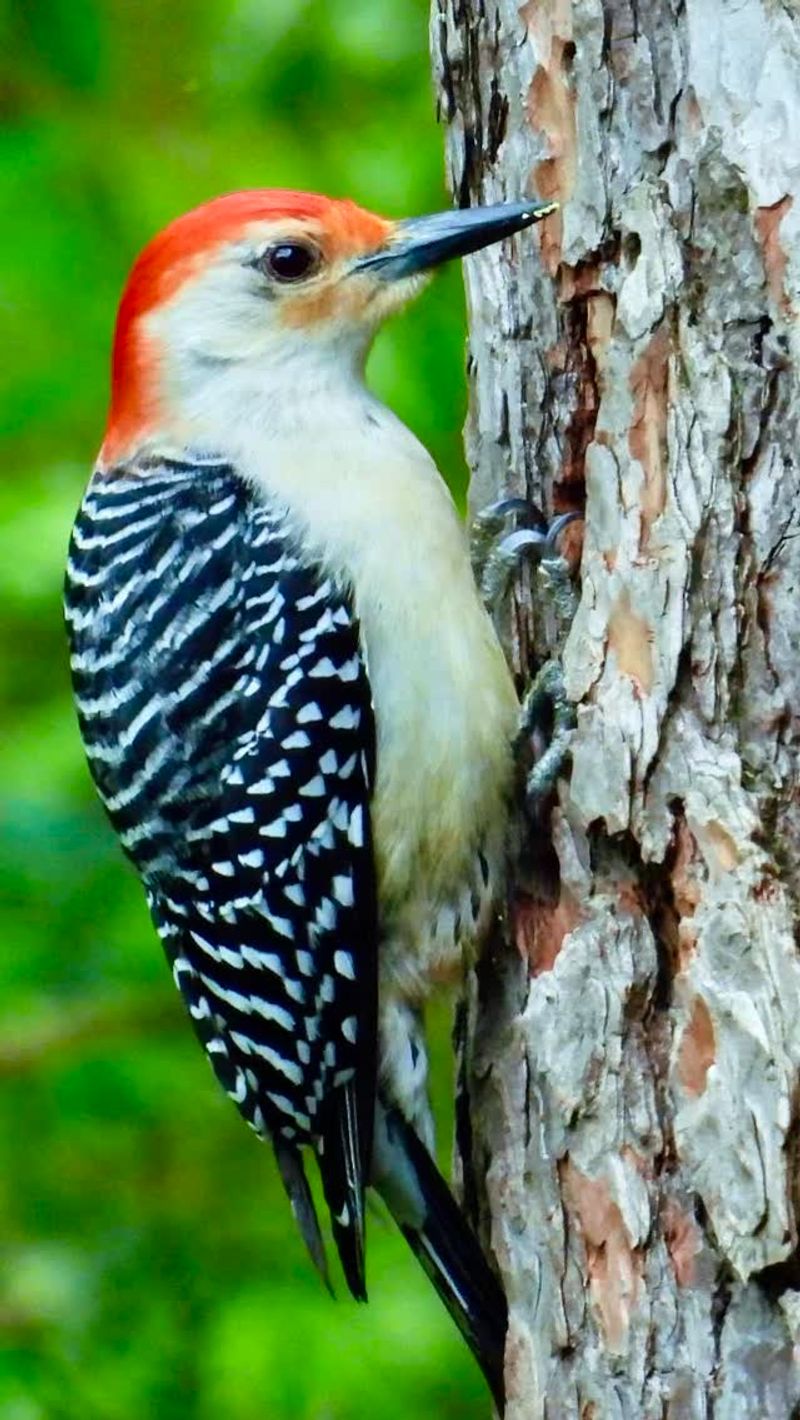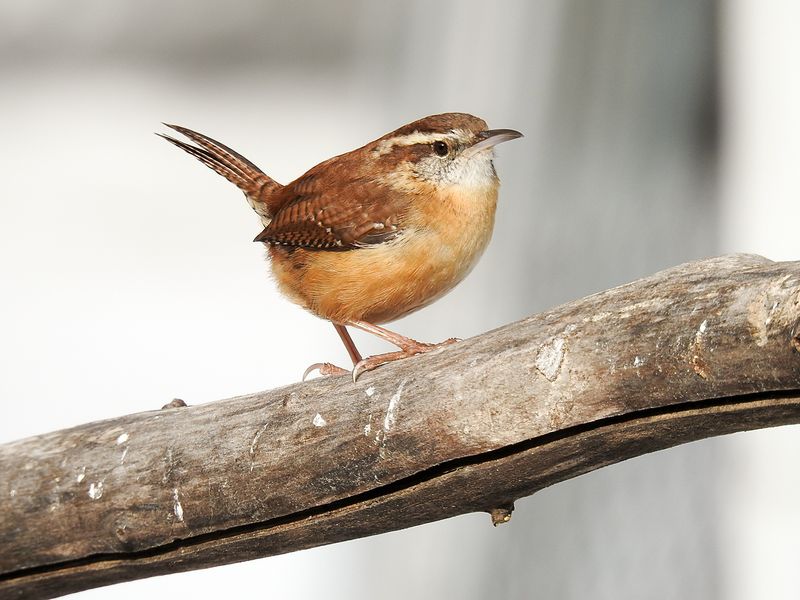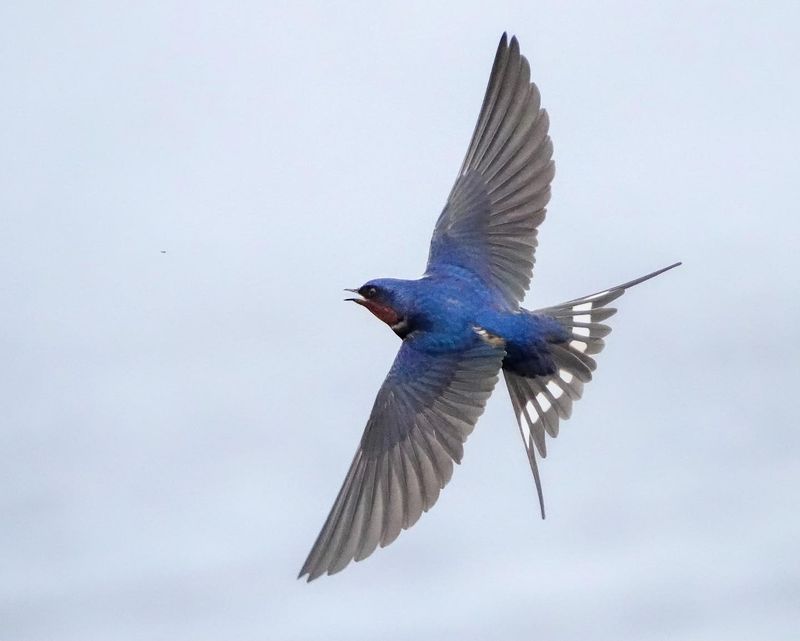Birds bring so much life, color, and even natural pest control to your garden. They’re more than just beautiful visitors—they turn your yard into a lively, ever-changing nature show right outside your window.
Whether you’re an experienced birdwatcher or someone who just enjoys spotting wildlife now and then, creating a bird-friendly garden adds a special kind of magic to your outdoor space. Those daily moments of bird song and flutter remind you how connected we are to the natural world.
Making your garden welcoming to birds is easier than you might think. With a few thoughtful touches, you can invite these feathered friends in and enjoy the benefits they bring all year long.
1. Northern Cardinal
That flash of crimson against winter snow never fails to lift spirits during the coldest months. Males sport brilliant red plumage while females show warm tan feathers with reddish accents. Their cheerful whistling calls sound almost like they’re saying “cheer, cheer, cheer.
Cardinals don’t migrate, making them year-round garden companions if you provide the right environment. They particularly love black oil sunflower seeds and safflower seeds in platform feeders. Dense shrubs near feeding areas give them quick escape routes from predators.
I’ve noticed they’re often the first to arrive at feeders in the morning and the last to visit at dusk. They mate for life, and you’ll frequently see the bright male and his more subtle partner feeding together throughout all seasons.
2. American Goldfinch
Summer brings these flying lemon drops to gardens across North America. The males transform from olive-drab winter coats to brilliant yellow summer attire, creating moving sunshine spots throughout your yard. Their bouncy flight pattern and sweet twittering calls add cheerful energy to any garden space.
Drawing these seed-lovers means planting their favorites: coneflowers, sunflowers, and cosmos. Leave the spent flower heads standing through fall and winter. These little birds cling acrobatically to seed heads, extracting tiny treasures while entertaining anyone watching.
Unlike many birds, goldfinches nest late in summer, using plant fibers and down from plants like thistle and milkweed to build their cup-shaped homes. Providing a birdbath with fresh, clean water creates another way to enjoy these bright visitors who love bathing almost as much as eating.
3. Eastern Bluebird
Nothing signals spring’s arrival quite like the soft warbling song of these sky-blue beauties. Their rusty-orange breasts and gentle demeanor make them welcome additions to any garden space. When they hunt, they perch quietly before swooping down to catch insects on the ground.
Creating a bluebird-friendly yard means open spaces with scattered trees and low perches. They readily accept nest boxes placed about five feet high facing away from prevailing winds. Mealworms offered in shallow dishes become irresistible treats that keep them coming back.
My neighbor installed a bluebird box three years ago, and now we share a family that returns each spring. The parents teach their young to hunt in our gardens, providing natural pest control while delighting us with their brilliant colors. Few garden moments match watching baby bluebirds take their first flights.
4. Ruby-Throated Hummingbird
These tiny aerial acrobats weigh less than a penny but deliver outsized garden entertainment. Their wings beat up to 80 times per second, creating the distinctive humming sound as they hover perfectly still in mid-air. The males flash iridescent ruby throats when the light hits just right.
Attract these miniature marvels with tubular flowers in bright reds and oranges. Salvia, trumpet vine, and bee balm top their preferred menu. Simple sugar water feeders (four parts water to one part white sugar) hung in partial shade create reliable refueling stations.
Each spring they return from an impossible journey, having flown non-stop across the Gulf of Mexico despite their tiny size. I’ve spent hours watching their aerial dogfights as they defend favorite feeding spots with surprising ferocity.
5. Baltimore Oriole
Early May brings these tropical-looking visitors north, their brilliant orange-and-black plumage and flute-like songs announcing summer’s approach. Few garden moments match spotting that first flash of orange among fresh spring leaves.
Orange halves impaled on nails or special oriole feeders filled with grape jelly create irresistible attractions. Planting native fruit trees like serviceberry and wild cherry provides natural food sources. They’re particularly attracted to dark mulberry trees, which offer both nesting materials and food.
Last year, a pair nested in the tall maple at the edge of my yard. Their melodious whistles served as my morning alarm clock throughout early summer. Though they visit for just a few months before heading south again, their brief annual appearance makes them especially treasured garden guests.
6. Black-Capped Chickadee
These plucky little birds bring personality and charm to winter gardens with their distinctive black cap and bib set against crisp white cheeks. Their familiar “chick-a-dee-dee-dee” call changes in intensity – more “dees” signals greater alarm. Despite their tiny size, they remain active even during the coldest winter days.
Chickadees readily accept black oil sunflower seeds from platform feeders or even your outstretched hand with a little patience. They cache seeds for later use, remembering hundreds of hiding spots. Small nest boxes with 1⅛-inch entrance holes encourage spring nesting.
Something about their curious, fearless nature makes them garden favorites. They investigate everything, often being the first to discover new feeders. When teaching my nephew about birds, a chickadee landed on his motionless hand after just ten minutes of waiting – creating a lifelong memory.
7. Cedar Waxwing
Resembling masked bandits with their black eye markings and crested heads, these social birds travel in flocks that can strip a berry bush clean in minutes. Their soft brown plumage transitions to lemon-yellow bellies, with distinctive red waxy tips on wing feathers.
Planting fruit-bearing trees and shrubs creates natural waxwing magnets. Serviceberry, dogwood, and especially winterberry holly provide winter food when they need it most. Water features with gentle moving water attract them for bathing and drinking.
The first time I witnessed a flock descend on my winterberry bushes remains a favorite garden memory. Thirty birds arrived simultaneously, passing berries to each other down the line like a well-organized team. They show remarkable cooperation, sometimes passing berries among themselves before eating.
8. Downy Woodpecker
As the smallest North American woodpecker, these black-and-white birds bring year-round activity to garden trees. Males sport a bright red patch on the back of their heads, while females keep it simple with plain black and white. Their gentle drumming and calls create woodland ambiance even in suburban settings.
Suet feeders hung near trees become downy magnets, especially in winter when insects are scarce. Leaving dead tree limbs (when safe) provides natural feeding grounds as they extract insects from decaying wood. Their tiny size allows them to access smaller branches that larger woodpeckers can’t reach.
Watching a downy work its way up a tree trunk, stopping to listen for insects beneath the bark, offers fascinating insight into natural pest control. They’re especially valuable in gardens with fruit trees, as they consume many insect pests that damage crops.
9. Indigo Bunting
Electric blue seems an impossible color for a wild bird, yet these stunning summer visitors shine like sapphires against green foliage. The males’ brilliant color comes from light refraction rather than pigment – in shadow, they appear almost black.
Attract these beauties with native grasses and flowers that go to seed. They particularly love open areas with scattered shrubs and trees. Millet, nyjer, and small sunflower seeds in ground-level feeders supplement their natural diet of seeds and insects.
On my morning walks, I listen for their distinctive song – a series of doubled phrases that sound almost like “fire-fire, where-where, here-here.” Once you learn it, you’ll notice these brilliant birds more often. Though they visit only during warmer months, their incredible color makes each sighting memorable.
10. Rose-Breasted Grosbeak
The first time this striking bird visits your feeder, you’ll do a double-take at its bold coloring. Males combine crisp black-and-white plumage with a stunning rose-red triangle on their chest. Their massive seed-cracking bills handle even the toughest shells with ease.
Black oil sunflower seeds in platform feeders bring these beauties down from the treetops. They appreciate gardens with a mix of mature trees and open areas. Native fruit-bearing shrubs and trees provide additional natural food sources during their breeding season.
During migration, they might visit for just a few days before continuing their journey. My heart still skips when I glimpse that flash of rose-red at the feeder each May. Unlike many colorful birds, they don’t mind sharing space and often feed peacefully alongside other species.
11. Eastern Phoebe
Among the first migrants to return each spring, these unassuming flycatchers announce themselves with a distinctive “fee-bee” call that gives them their name. Their habit of constantly wagging their tails while perched makes identification easy even for beginner birders.
No special feeders needed – phoebes earn their keep by consuming flying insects, including mosquitoes and flies. They appreciate open areas near trees or structures for perching. A source of mud near water helps them build their characteristic nests under eaves or bridges.
Last spring, a phoebe built her nest on a small ledge under my porch roof. For weeks, I watched her aerial acrobatics as she caught insects to feed her growing family. Her methodical parenting and tireless hunting impressed me daily – nature’s own pest control service working just outside my window.
12. Yellow Warbler
Bright as sunshine, these small yellow birds bring tropical flair to northern gardens each spring. Males wear subtle rusty streaks on their bright yellow chests, while females maintain a more subdued yellow tone. Their sweet song rings through gardens from dawn to dusk during breeding season.
Creating warbler habitat means embracing a slightly wilder garden style. They prefer gardens with dense shrubs near water features. Native plants supporting caterpillars – their preferred baby food – make your space more attractive. Berry-producing native shrubs provide additional food sources.
My most magical garden moment came when a yellow warbler family nested in the lilac bush beside my patio. For weeks, I watched the parents deliver tiny green caterpillars to their nestlings. Their constant activity and brilliant color transformed an ordinary summer into something special.
13. Dark-Eyed Junco
Often called “snowbirds,” these slate-gray winter visitors arrive just as other birds depart for warmer climates. Their crisp white belly feathers flash as they hop along the ground, giving the impression of tiny tuxedo-clad guests at your garden party. Their soft trilling calls provide welcome sound during winter’s quiet months.
Juncos prefer feeding on the ground, so scatter millet or finely cracked corn in protected areas beneath evergreens or shrubs. They appreciate brush piles that provide both shelter and foraging opportunities. Dense evergreen shrubs offer essential protection during harsh weather.
Watching a group of juncos scratch and hop through fallen leaves reminds me that garden cleanup can wait until spring. Those leaf piles harbor seeds and insects that sustain winter birds. When snow blankets everything else, these hardy little birds still find ways to thrive, teaching lessons in resilience with every visit.
14. Red-Bellied Woodpecker
Despite their name, the rosy wash on their belly often goes unnoticed compared to the striking red cap extending from bill to nape. Their zebra-patterned backs create a distinctive appearance as they spiral up tree trunks.
Suet feeders and peanut feeders bring these medium-sized woodpeckers into view. They readily accept nest boxes with slightly larger entrance holes than those for smaller birds. Dead tree snags, when safely maintained, provide both natural feeding and nesting opportunities.
The first time I heard tapping from inside my maple tree, I worried about damage until I spotted the red-capped perpetrator. Now I welcome their visits, knowing they’re hunting beetle larvae that could harm the tree. Their ability to extract hidden insects with surgical precision makes them valuable garden allies.
15. Carolina Wren
Small body, enormous voice – these cinnamon-brown birds produce songs ten times louder than expected from their tiny size. Their upturned tails and bold white eyebrow stripes give them a perpetually curious expression. Year-round residents in many areas, they bring consistent activity and song even during winter months.
Provide brush piles, dense shrubs, and tangles of native vines for these cavity-nesters who appreciate protected spaces. They’ll investigate almost any nook or cranny – from old boots to flowerpots. Suet, peanut butter, and mealworms offered in sheltered feeding stations attract them reliably.
One spring, a pair decided my potting shed made the perfect nursery. For weeks, they scolded me whenever I gathered garden supplies. Eventually, we reached an understanding – I moved slowly, and they tolerated my presence.
16. Barn Swallow
Masters of aerial acrobatics, these fork-tailed flyers catch insects on the wing, sometimes skimming water surfaces to drink mid-flight. Their iridescent blue-black backs contrast with rusty-orange throats and underparts. Their constant swooping and diving adds dynamic movement to garden spaces.
Encourage these beneficial birds by providing mud puddles for nest building materials. Open structures like porches, carports, or garden sheds offer potential nesting sites. Water features attract both the birds and the insects they feed upon.
Some gardeners worry about mess beneath nests, but a simple shelf installed below solves that problem while supporting these declining insectivores. Watching parents deliver insects to nestlings – sometimes at rates exceeding 400 visits per day – demonstrates their incredible value as natural pest controllers.

